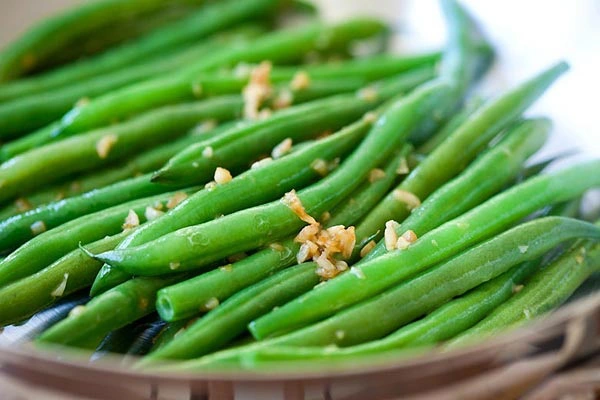You probably already know that eating more fiber is good for your health. But did you know that there is more than one type of fiber you should eat?
The two types of fiber that nutritionists recommend focusing on are soluble fiber and insoluble fiber. While both types of fiber are sometimes found in the same foods, they play different roles in helping you achieve good health.
Here’s a quick guide to the roles of the two types of fiber , as well as the best ways to increase each type in your diet.
Insoluble fiber
This is the type of fiber that people often think of as “roughage.” Fiber is the tough part of whole grains, nuts, fruits, and vegetables (especially in the seeds, skins, and stems). Of course, as the name suggests, this type of fiber does not dissolve in water.
Insoluble fiber is not broken down by intestinal bacteria and is not absorbed into the bloodstream. Instead, insoluble fiber adds bulk to the waste products in your digestive system, helping you have more regular bowel movements and preventing constipation (as well as the conditions that come with constipation, like hemorrhoids).

Soluble Fiber
Soluble fiber is soft and sticky, and can absorb water and become a gel-like substance inside the digestive tract. The best sources of soluble fiber include beans, oats, barley, fruits, and avocados. Soluble fiber helps soften stools, making them easier to move through the digestive tract. Soluble fiber also binds to other substances like cholesterol and sugar, preventing or slowing their absorption into the bloodstream. That’s why soluble fiber can help regulate blood sugar levels, and protect you from heart disease by lowering cholesterol.
In addition, soluble fiber can increase the number of beneficial bacteria in your gut, which can boost your immune system, fight inflammation, and even improve your mood. But that’s not all: soluble fiber can also help you lose weight.
For those who are just starting to lose weight, soluble fiber will help you feel full longer, which can help you control your weight better. One study showed that for every additional 10 grams of soluble fiber consumed per day, participants lost about 4% of their belly fat over a period of five years.

Eat beans (lentils, peas) at least 3 times a week, including eating beans with other dishes and eating beans as a separate dish to provide a lot of fiber for the body.
Why do you need both types of fiber?
Both soluble and insoluble fiber are important for your health. That’s why many studies have focused on increasing your total fiber intake. For example, a study published in the Archives of Internal Medicine found that, over a nine-year period, consuming more fiber was associated with a 22% lower risk of death from any cause.
People who ate the most fiber (about 25 grams per day for women and 30 grams per day for men) had a 22% lower risk of death than those who ate the least fiber (10 grams per day for women and 13 grams per day for men). This effect was even stronger when the researchers looked at the specific risk of death from cardiovascular disease, infectious disease, and respiratory disease: people with high-fiber diets had a more than 50% lower risk of death from these diseases.

Add avocado to anything you can.
How to Get More Fiber
Don’t worry too much about calculating and increasing your soluble or insoluble fiber intake. Instead, try these tips to increase your total fiber intake and get the benefits of both:
- Aim for at least three servings of vegetables and two servings of fruit each day. A good plan is to eat fruit in the morning and as a snack, and vegetables at lunch and dinner, and breakfast if possible.
- Choose high-fiber vegetables with tough stems, such as Brussels sprouts and broccoli, and fruits with edible seeds or skins (such as raspberries, apples, and citrus fruits).
- Eat legumes (lentils, peas) at least three times a week, including both serving them with other dishes and eating them on their own. For example, you can add lentils to fish, or green beans to an omelet in a sauce.
- Snack on nuts, along with fruit. Or add nuts to yogurt, oatmeal, salads, stir-fries, and cooked vegetables.
- Add avocado to anything you can: fruit juice, eggs, salads, or roasted cereal. You can use avocado in a sauce or replace butter when baking.
- Replace processed snacks with fiber-rich alternatives. For example, instead of eating crackers made from flour, eat boiled corn or roasted beans
- Choose whole grains, whole grains, rather than refined grains.
Give your body time to adjust
While increasing fiber intake is a good thing, you may experience symptoms such as gas and bloating. So, make sure you balance the fiber you add with about 500ml of water, 4 times a day to help digest the fiber. This is a natural reaction of the body to a change in diet, but since it is a good change, give your body time. These symptoms will gradually disappear.





